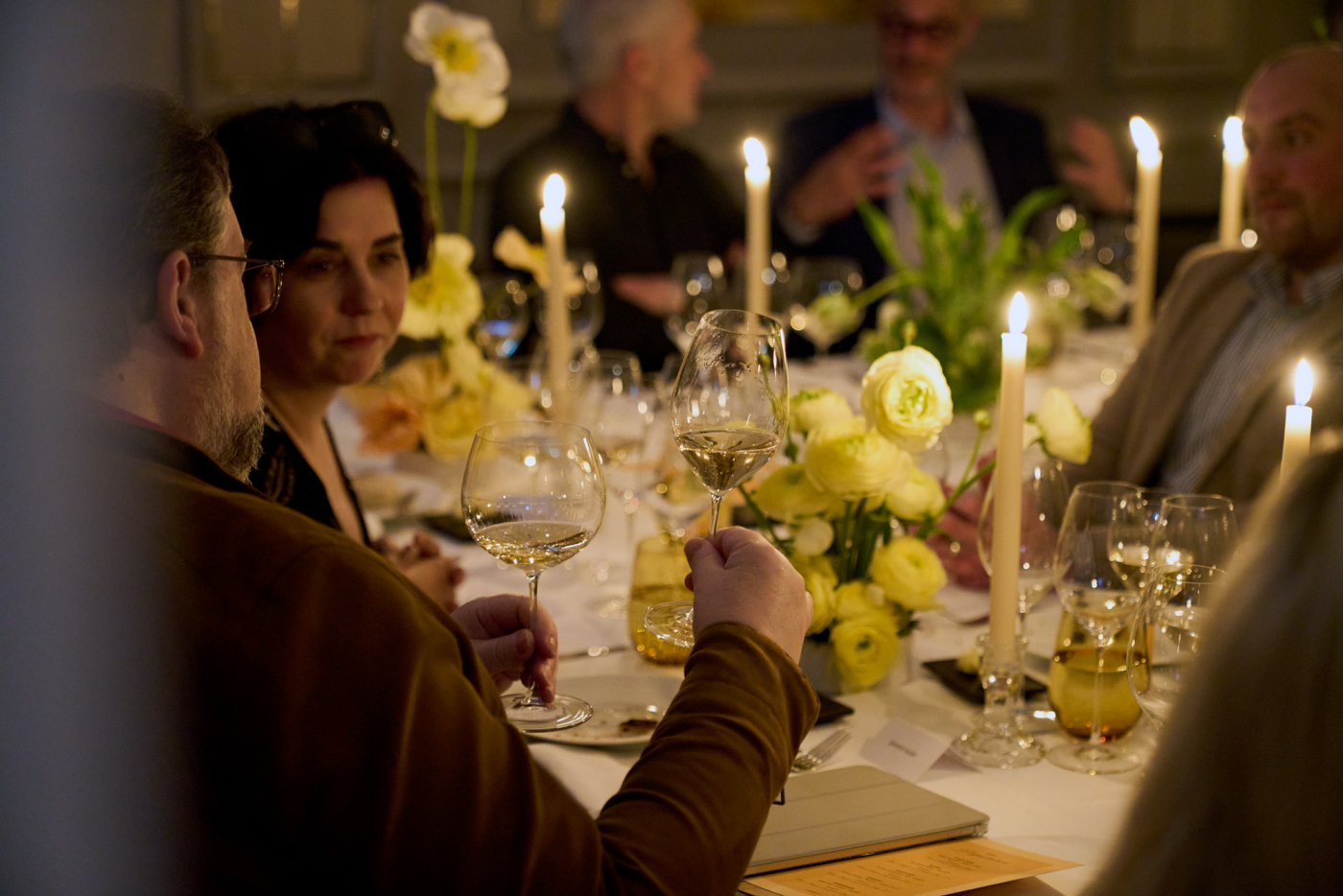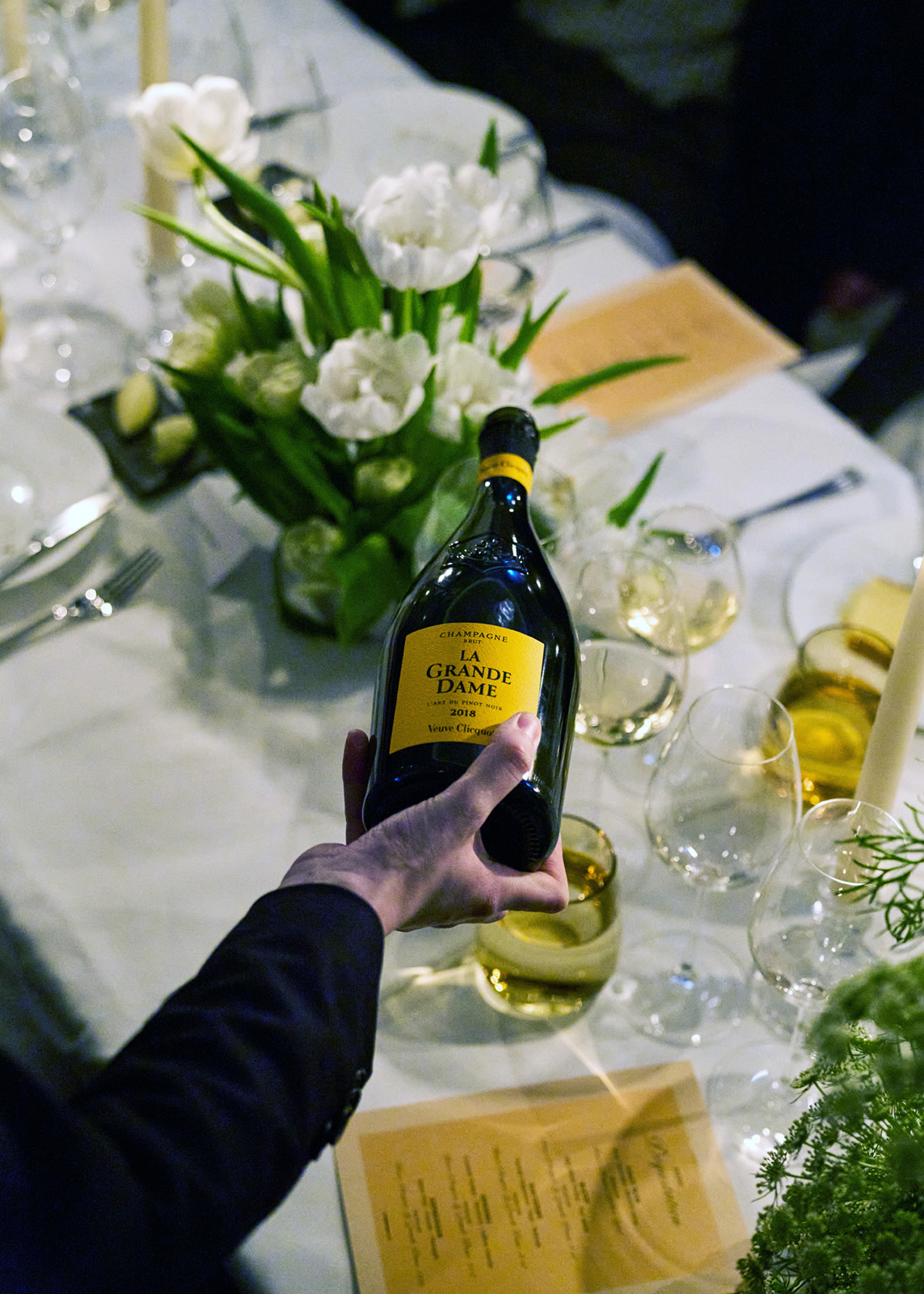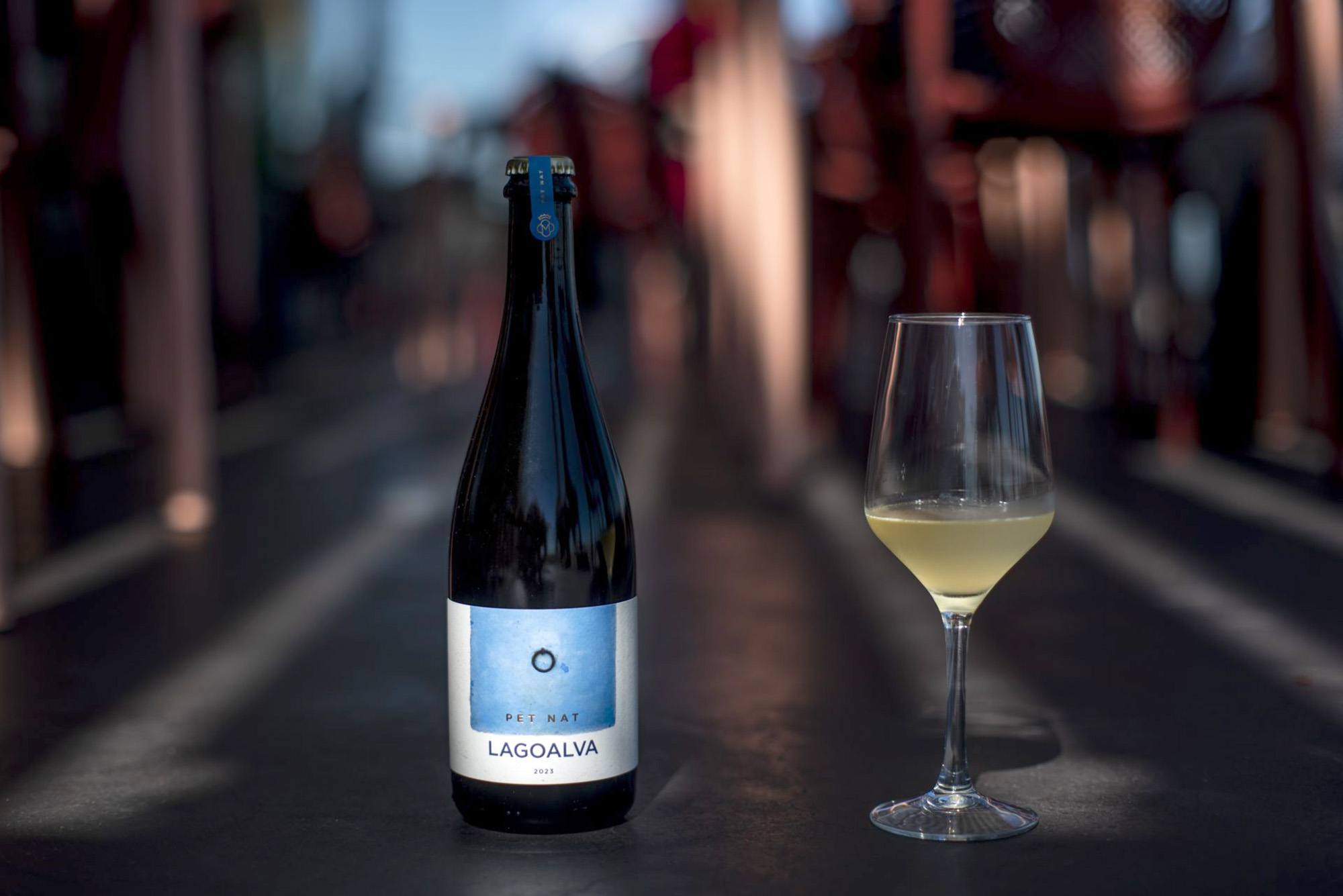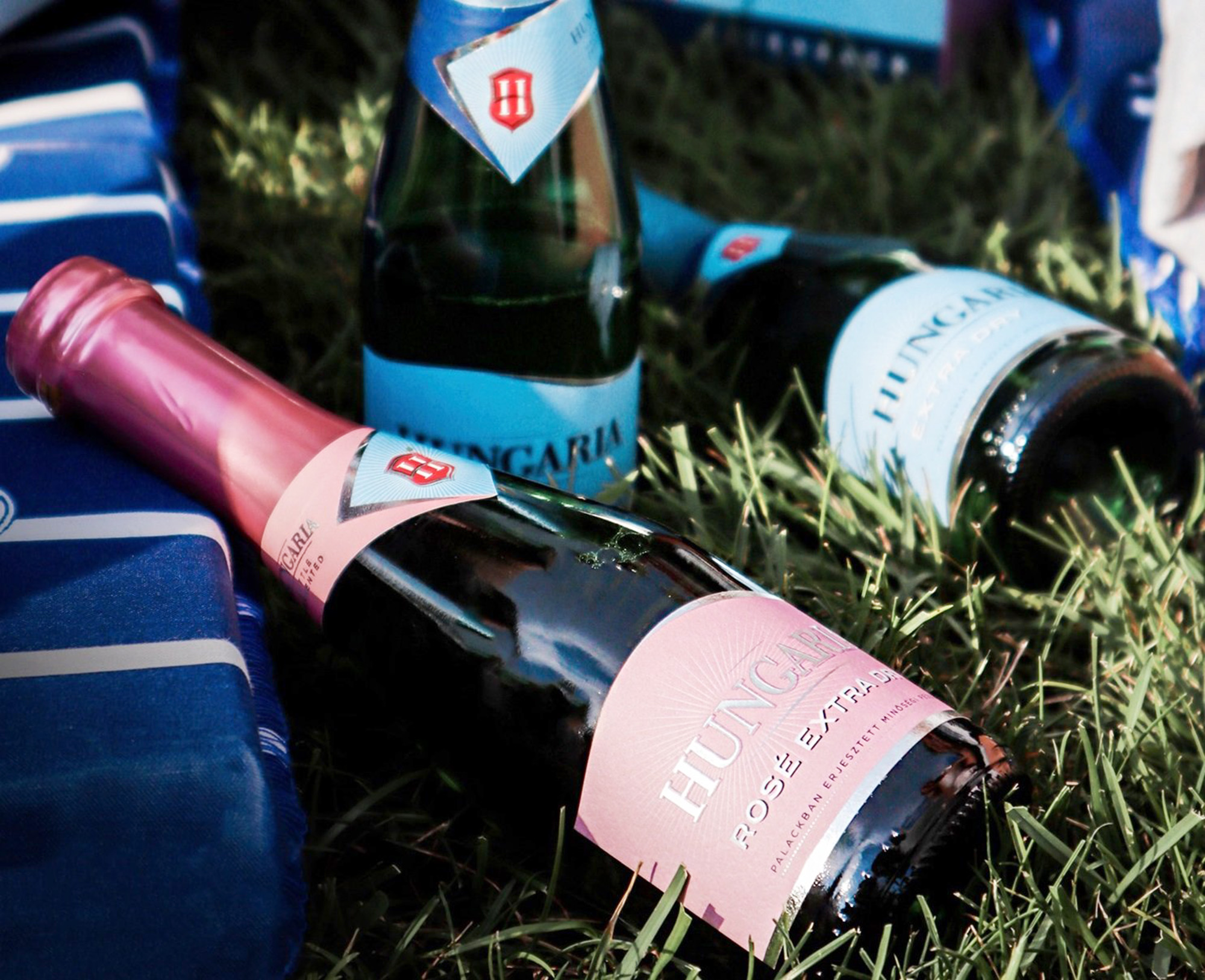
Effervesce Sense: What a lovely pairing
Karen Krizanovich isn’t big on fizz and spicy frites, but has a lot to say about what goes well with what’s new from Veuve Clicquot, and the delights of democratic extra dry sparklers by the Danube

Karen Krizanovich isn’t big on fizz and spicy frites, but has a lot to say about what goes well with what’s new from Veuve Clicquot, and the delights of democratic extra dry sparklers by the Danube

I don’t have arguments with people online. I really don’t. But on a recent Threads discussion of what condiment to serve on fries my feathers were well and truly ruffled by someone who suggested “sriracha or another spicy sauce, but always with champagne”. Having made some terrible early decisions, I snorted, “never with champagne!” As one of the most rarefied of beverages, it always seems such a delicate, fragile thing (although isn’t always). It needs to be stored properly, served at the correct temperature, between 46°F and 50°F (8°C – 10°C), and has to be a perfect match or that little liquid soul in that sacred bottle is wasted. Just say no to sriracha.
Pairing is the theme of this column, inspired by recent sparkling-meets-food moments. First off, I was lucky enough to be invited to the fab launch of Veuve Clicquot’s La Grande Dame 2018. It was over dinner at Chelsea’s The Lalee at the Belmond Hotel and there really isn’t another way of putting this: it could not have been a better, dreamier extravaganza. Not only was Veuve Clicquot’s La Grande Dame 2018 a stunning, luscious surprise – a fresh, crisp, deep pinot noir – but the pairings at The Lalee by Chef Luke Selby (a 2017 Roux Scholarship winner, among other plaudits) were so deft and malleable that I finally achieved an understanding of the potential of pairings. What Luke achieved was art. So much so that a table arrangement of chic flowers was whisked away when they began to pong, threatening to impact on nose and flavour.
It’s the kind of bottle that immediately feels important
The wine came first then came the careful matching of food. The delicacy of white asparagus with caviar, raw Orkney scallop with (gentle) Thai spices and Scottish langoustine with yuzu and kohlrabi elevated the champagnes and dishes. Described as “a wine with a solaire soul”, the 2018 is luminous and precise with the subtlety of sensitive ageing. It is fresh and intense – citrus, white fruit, spring green and early floral notes mix with a hint of yuzu, lemon and lime. Previous vintages were served that evening (and some of the other guests preferred those) but La Grande Dame 2018 was the one that spoke the most to me – fresh as a BdB but deep as a BdN. It’s the kind of bottle that immediately feels important.

Tasting at The Cadogan
Of course, champagne doesn’t need to be serious when it is opened. It can be fun and flexible. On that note consider Champagne De Saint Gall So Dark 2016. Made with 75% pinot noir from Montagne de Reims Grand Cru vineyards (Ambonnay, Bouzy) and 25% chardonnay from Côte des Blancs (Le Mesnil-sur-Oger, Oger, Avize, Cramant), this is a serious bottle that is also fresh, fruit and flirty. This is vintage champagne made in the best of years that pairs well with all those things you think you can’t drink champagne with: BBQ, corn on the cob and watermelon. It’s a champagne with long, lingering notes of brioche and nuts that can embrace and enhance more robust food flavours. Structured yet versatile, this bottle was created by the historic Union Champagne with expertise from cellar master Cédric Jacopin. It’s not often I can say that a single bottle will fit with a more casual, less vigorous style of entertaining and cooking, but this one will. In fact, if you’re not sure how good your cooking skills are, this is the only champagne to buy. No matter what happens, you’ll have the fabulous Champagne De Saint Gall So Dark 2016 there to help.

Quinta da Lagoalva Pet Nat
Embracing new and unknown sparklers is extremely important, and not just to maintain snob status. So here we have Tejo, not only Portugal’s oldest and fifth largest wine region, but one of the least known about in wine circles. A region of microclimates, full of local varietals and a wide range of delicious bottles, it features some sparklers worth seeking out. One such gem is Quinta da Lagoalva Pet Nat 2023. It is just what you want in a pet nat: drinkable, friendly, easy going, with a hazy citrus colour, a nose of grapefruit and citrus, and a vibrant, dry, yet fresh acidity from that wonderful arinto grape.

Hungaria Extra Dry
Of course, there are times when you want a familiar bottle. But when travelling, it really makes sense to go local. Remember, the best local sparkling wine is probably not exported widely anywhere else (think about all the years Italy kept its best sparkling wine to itself – and I do think that still happens most of the time). It’s not only about cost and quality, it’s about what makes sense. Some wines don’t travel, they like to stay home. During a surprise trip to Budapest, I stayed at the InterContinental, a hotel full of history that hasn’t been upgraded to blandness. Its location means immediate access to the palace, the bridges, the Danube, the tram, the market. It also, most importantly, serves a steady flow of the country’s most popular local sparkling wine. The award-winning Hungaria Extra Dry is bottle fermented and scarily easy to drink. No surprise then that it is Hungary’s most popular sparkling wine; crisp and appley with a few whiffs of biscuit and nuts, topped off with ripe white fruit and a citrus top note. The snooty local wine shop doesn’t sell it because it’s too common. But if it’s good enough for the locals, it’s definitely good enough for me. C